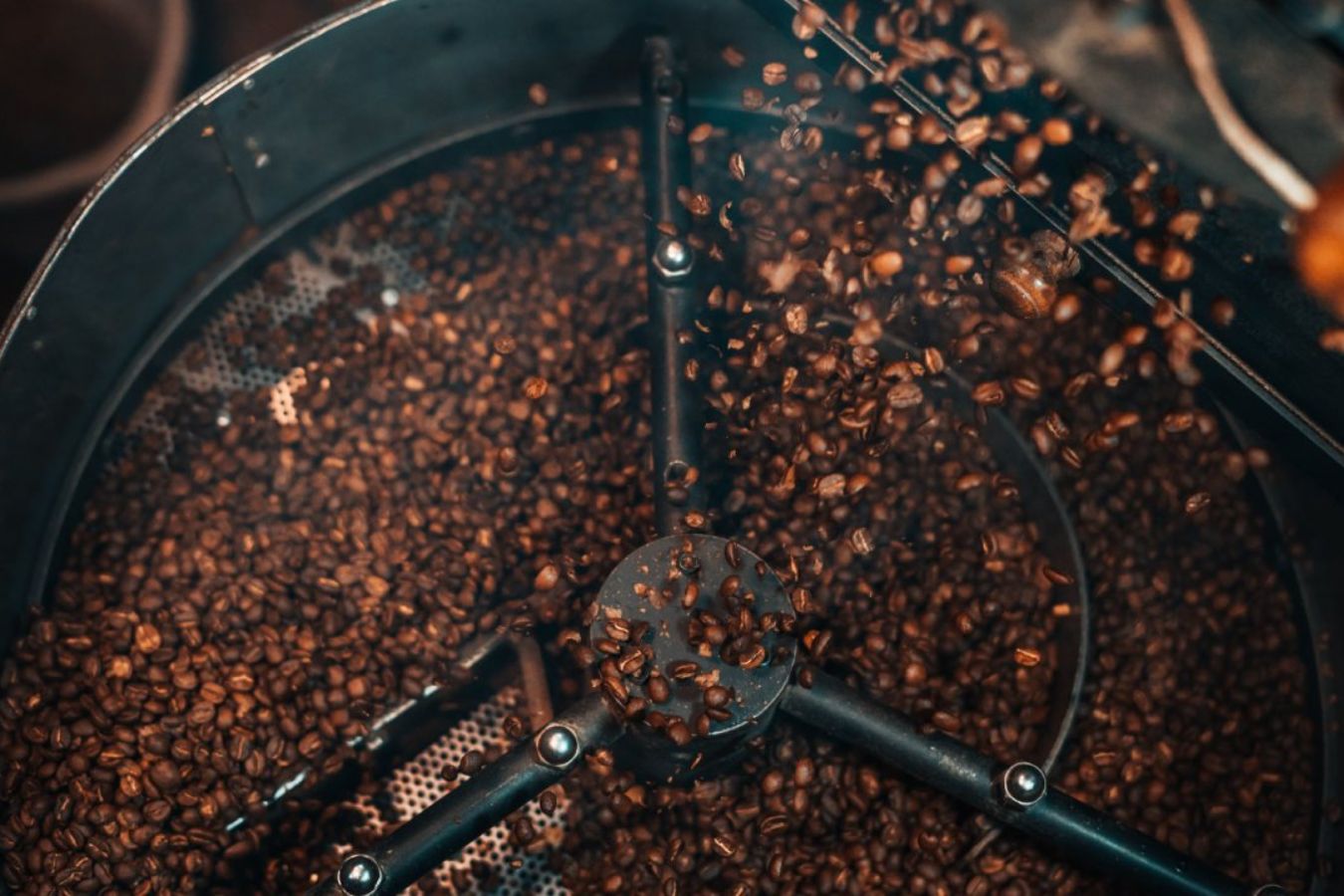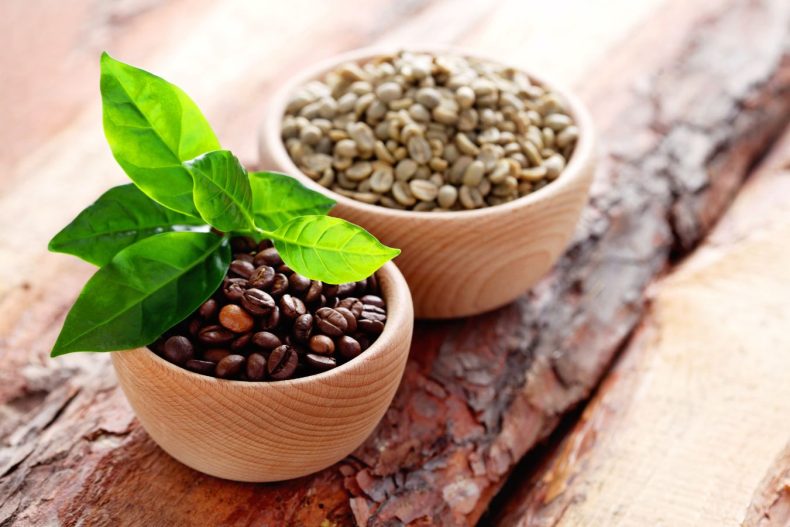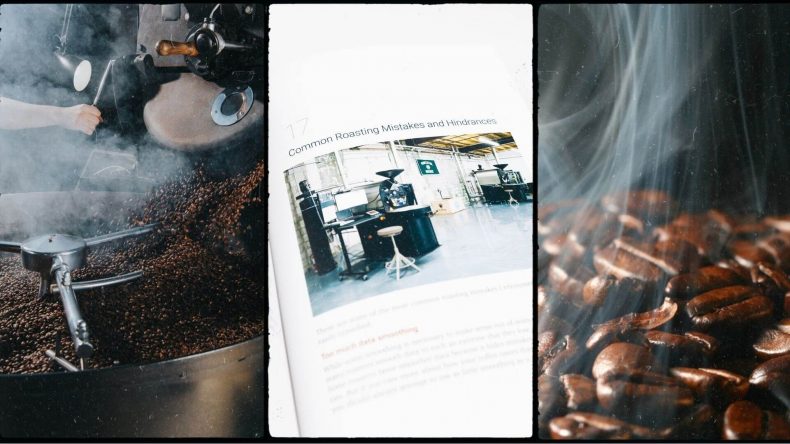
First and foremost, First Crack – also known as the first crack in the roasting process – is the name given to the first crack in the roasting process. However, the sound of ‘bang’ is easily distracted, leading you to believe it is the sound of a roasting oven.
Although, in actuality, coffee beans come in a wide range of colors, flavors, and structures... not simply sound (see also coffee roasting process).
When the beans reach the point where they are packaged for use, the first crack, which frequently sounds like a popcorn pop, occurs. As a result, the first crack is when the beans start to approach brew ability. In principle, coffee travels through two “cracks” during roasting, and roasters will finish up anywhere between the two “cracks” as the roast progresses from light to medium.
Green coffee has a thick and well-organized microstructure. The generation of steam and carbon dioxide (CO2) increases the pressure inside the bean during roasting, driving the cell walls – the cellulose structure – to bloom.
The beans will have expanded enough to begin releasing the silver husk a few minutes before the first crack develops (or husk, trapped in the folds of the mid-grain damage).
When the cellulose walls of the seeds can no longer stretch any further, fractures occur inside and on the surface, forcing water vapors and gases out and causing the popping noises we name “First Crack.”
How do you tell the difference between the 1 and 2 cracks?
The structure of the coffee bean entirely depends on your hearing and observation.
When the coffee beans are heated enough, the water in the beans begins to evaporate; the transition is similar to that of popcorn. The moisture inside the beans builds up, increasing the pressure inside, causing the beans to fracture and then pop …
From the start of the first crack to the finish of the roasting process, 20-25 percent of the overall roasting time will be spent.
In other words, the coffee will erupt for the first time when it has been roasted for 2/3 of the time; this ratio will vary somewhat depending on the intended roast level.
However, if you want to enhance your talents, you must be more gentle when standing in front of the roaster. Because, aside from technology, roasting coffee is also an art.
Anyone can burn with a machine and hear the sound in principle, but roasting ‘True’ and roasting ‘Delicious‘ are two different things. To guess the first crack, you’ll need to pay more attention to the swelling of the seeds, the aroma, the smoke released, the roasting temperature…
During roasting coffee, the flavor develops to the first ‘Crack’
Assume you’re out running on a scorching day. Typically, your body sweats a small amount per second to keep you cool and avoid overheating (this is evaporative cooling).
Let’s say your body “forgets” to sweat for 5 minutes, and then it releases all of the sweat it was supposed to create. In this implausible situation, your core body temperature will increase for 5 minutes and then rapidly drop, maybe causing you goosebumps for a brief period.
The first crack in coffee beans exposed to high heat in a roasting oven reflects a moisture release similar to human sweat.
The value of temperature increases before, during, and after crack 1 – ROR remains horizontal (coffee beans are saturated with heat absorption) and then slightly decreases (due to a vast amount of rapid surplus moisture release).
ROR will resume a faster temperature rise following this “sleep.” The roaster must capture these variations with the proper preparation and modifications to guarantee balanced flavor development between the inside and outside of the bean.
What is the significance of the first ‘Crack’?
What would you expect to see if you were at sea for several days?
There’s a lighthouse! Yes, the first lighthouse is more essential; it tells you where you are and helps you select where you want to go next, regardless of how many more appear afterward.
Coffee beans, too, must go through many chemical changes in the roasting oven, from greening to charring, and the intrinsic reactions of these beans are the basis for changes in their qualities.
Color shifts, mass loss, and size expansion are all physics examples. And, of course, the first explosion. This sign indicates that the coffee beans are ripe and have wholly developed flavors; therefore, concentrate on selecting a stopping point to complete the roasting process.
When you’re next standing in front of the roaster, pay attention to how the aroma and color develop, as well as how the size and shape vary. Remember that becoming a good roaster takes a lot of practice and research.
Reference source:
- www.perfectdailygrind.com/ – What Is First Crack and How Do You Recognise It?


